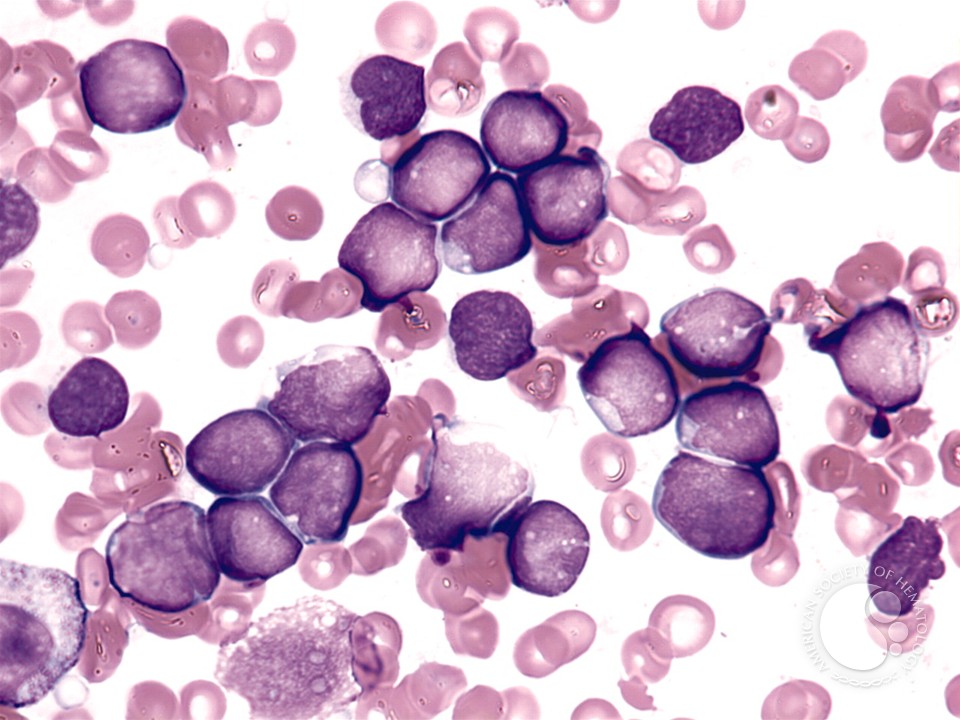The genomic landscape of pediatric acute myeloid leukemia (pAML) has been further elucidated, opening up new possibilities for targeted treatments. A study conducted by St. Jude Children’s Research Hospital, published in Nature Genetics, highlights the distinct genetic causes of pediatric cancers compared to adult cancers, presenting an opportunity for personalized diagnostic strategies and therapies.
The research identified 23 molecular categories of pAML, including 12 categories that were previously unrecognized by current classification systems. This breakthrough allows for a more individualized classification of pAML cases, leading to a deeper understanding of the molecular basis of the disease and the potential for improved treatment strategies. It not only aids doctors in accurately diagnosing patients, but also plays a critical role in identifying the most effective therapeutic approaches to save lives.
While acute myeloid leukemia (AML) is more prevalent in adults, with just over 4 cases per every 100,000 people annually, pediatric cases account for about 500 new cases each year. This has led to a disparity in knowledge about the disease, as most of the classifications of AML have been derived from studies on adult patients. Dr. Jeffery Klco from the St. Jude Department of Pathology explains, “AML is more common in adults than it is in children.” However, this research focuses specifically on pAML and unveils unique features that distinguish it from adult AML.
In a previous study in 2022, Dr. Klco and his colleagues discovered a novel alteration in the UBTF gene, which established a new entity within pAML that had not been described before. Building on this discovery, the researchers conducted a comprehensive analysis of 887 cases of pAML to identify the driving factors behind the disease through transcriptome and gene profiling.
The findings revealed that fusion oncoproteins, aberrant proteins resulting from the fusion of two separate genes, are major drivers in more than 70% of pAML cases. Each molecular category of pAML identified in the study has a unique driver, but some exhibit similar transcriptional and mutational profiles. This similarity in background biology suggests that these categories can potentially be treated with similar drugs. Dr. Masayuki Umeda, one of the study’s first authors, notes, “Some categories show very similar transcriptional profiles, indicating that the background biology is similar and can be potentially treated by similar drugs.”
The research provides a clear direction for clinicians to identify specific subtypes of pAML and for collaborative groups to refine the classification of the disease. Current classification systems, largely based on adult AML, do not acknowledge many of the recurrent alterations found in pAML. As a result, correct classification is crucial for clinicians worldwide to accurately understand their pAML patients and guide treatment decisions based on risk stratification.
By analyzing clinical outcomes, the study confirmed a strong association between the newly identified subtypes of pAML and patient outcomes. The research addresses significant gaps in the current classification of pAML, offering a risk stratification strategy that aims to simplify the diagnostic process and optimize treatment. Dr. Jing Ma, another first author of the study, affirms, “It provides a risk stratification strategy that we hope will provide clinicians with a simpler road to accurate diagnosis and optimal treatment in the future.”
This breakthrough in understanding the genomic landscape of pAML brings new hope for improved treatment options and outcomes for pediatric patients. Further research and collaborations are necessary to fully comprehend the underlying mechanisms of the disease and develop targeted therapies that maximize the chances of recovery and survival.
*Note:
1.Source: Coherent Market Insights, Public sources, Desk research
2.We have leveraged AI tools to mine information and compile it



